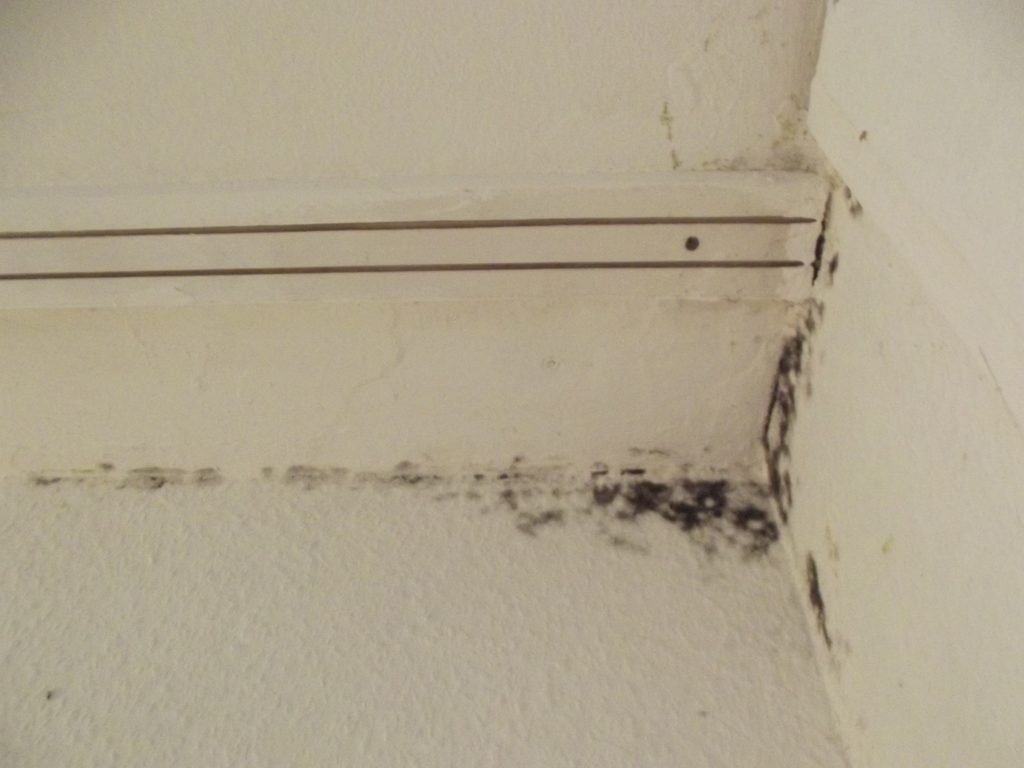
Tips on How to Remove Mould Stains
Tips on How to Remove Mould Stains
Contents
– Tips to combat moisture in a room
– Step 1: Clean a plasterboard surface
– Step 2: Clean a leachable surface
– Step 3: Clean a non-leachable surface
– Step 4: Clean a wooden surface
– Step 5: Clean a tiled surface
With high humidity, mould and mildew stains can appear on walls and ceilings.
If this problem is recurrent, it is essential to diagnose the causes of this excessive humidity and to implement an appropriate treatment by calling a professional.
Once the appropriate treatment has been implemented, and the humidity problems have been solved, it is simple to remove the mould stains on a wall. To do this, you must consider the type of coating (paint, wallpaper, wood …).
Here are the materials and steps to remove mould stains.
Tips to fight against humidity in a room
– Be sure to air the room long enough to purify the air and remove moisture.
– Check that the ventilation system is working correctly and that the vents are not clogged. If necessary, disassemble and clean them.
– Try to find out where the moisture is coming from (rising damp, leaks, infiltration…) to treat the cause and prevent the stains from reappearing.
– Avoid using bleach-based detergents that are not recommended for mould. It is best to use a fragrance-free detergent.
Wear gloves and a dust mask to avoid breathing in mould, which can be harmful to your health.
1. Clean drywall
– Dilute baking soda in water.
Soak a cloth, wring it out well, and gently rub the surface.
– Rinse with clean water.
– Wipe with a dry cloth and let the holder dry.
2. Clean a washable surface
If it is a paint (glycerol type) or a wallpaper (vinyl type) washable:
– Put a little detergent in water.
– Scrub with a damp sponge until the stains disappear.
– Rinse with clean water.
– Wipe well with a dry cloth. Let dry.
3. Cleaning a non-leachable surface
If it is a non-leachable paint (such as matte acrylic or natural paint) or standard wallpaper:
– Brush the surface with a vacuum cleaner.
– With a damp cloth dipped in a bit of water and detergent, then wrung out well, clean the surface.
– Wipe with a clean, dry cloth.
4. Clean a wooden surface
– First, vacuum the surface to remove as much mould and mildew as possible.
– Then wipe with a damp cloth dipped in a detergent and water solution.
– Wipe and let dry.
– If the stains persist, sand the wood and remove the dust. If necessary, apply a special treatment before the finish coat.
5. Clean a tiled surface
In the bathroom, on tiles and silicone joints:
– Use a scrub brush, detergent, and water.
– Scrub well.
– Leave for at least one hour.
– Rinse and wipe off.
Materials for removing mildew stains
|
Baking soda |
$2 per 250 g |
|
Sponge |
$1 approx. |
|
Cleaning gloves |
From $1 |
|
Protective mask |
$1 approx. |
More homemade tips here:
– How to Plant Bare-Rooted Plants
– 10 Ideas to Decorate Your Small Balcony
– Best Tips to Motivate Yourself When You Work From Home
– Tips on Choosing a Hand Vacuum Cleaner
– Top 5 Bag-less Vacuum Cleaners
– How to Choose the Location of Your Kitchen Sink
– How to Keep Your Brushes and the Remaining Paint in Pot
– Homemade Tips: How to Paint Your Furniture
